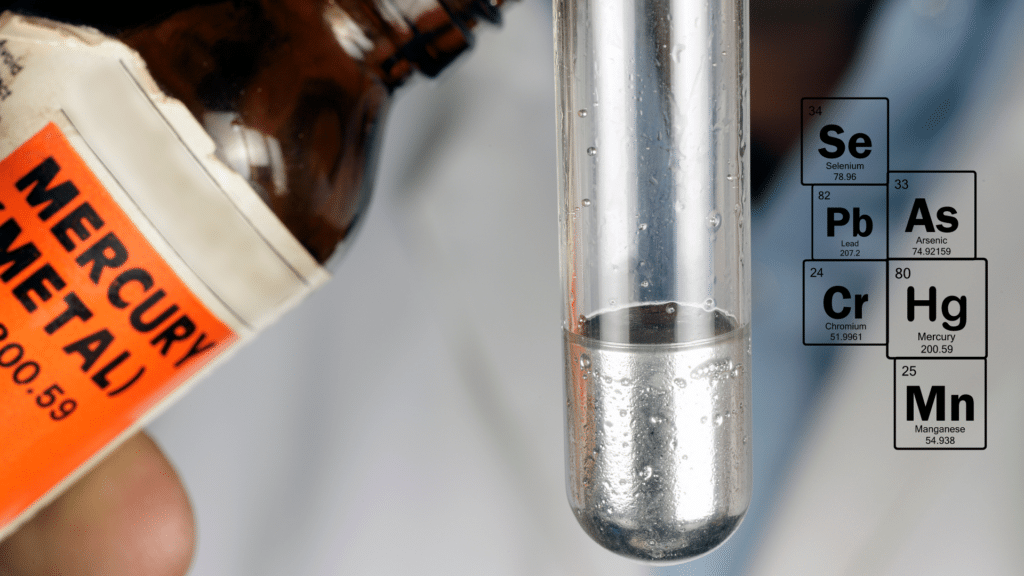
Trace elements play a pivotal role in understanding the composition and characteristics of substances. These elements, present in minute quantities, can have a profound impact on the properties and behaviors of materials, organisms, and environmental systems.
As researchers and industries delve deeper into understanding trace elements’ significance, the importance of implementing good quality controls practices becomes more important. Lets explore why Trace Elements Quality Controls are indispensable for accurate analysis and their far-reaching implications.
Challenges in Accurate Analysis
Analyzing trace elements is a complex process fraught with challenges. The low concentration of these elements requires sensitive techniques such as atomic absorption spectroscopy (AAS), inductively coupled plasma mass spectrometry (ICP-MS), and X-ray fluorescence spectroscopy. However, inherent issues such as contamination, matrix effects, and instrument drift can lead to inaccurate results.

Ensuring Data Accuracy through Trace Element Quality Controls
- Blank Samples: Blank samples, devoid of the trace element of interest, help in identifying background contamination. Monitoring and subtracting these values ensure that the detected trace element originates from the sample itself.
- Quality Assurance/Quality Control (QA/QC) Samples: Including QA/QC samples at regular intervals during analysis allows for assessing the precision and accuracy of the measurements. These samples, often of known concentrations or characteristics, help detect potential errors in the analytical process.
- Reproducibility and Replicates: Conducting replicate analyses of the same sample helps evaluate the reproducibility of results. If a sample’s trace element concentration varies significantly between replicates, it raises a red flag about the analysis’s reliability.
- Internal Standards: Employing internal standards can compensate for variations caused by factors such as sample matrix effects and instrumental drift. These standards normalize the measurement, enhancing accuracy.
Implications for Various Fields
- Environmental Monitoring: Trace element quality controls are crucial in environmental monitoring to accurately assess pollution levels, nutrient concentrations, and the impact of human activities on ecosystems.
- Medical Diagnostics: In medical diagnostics, trace elements like iron, zinc, and copper play essential roles. Accurate measurements are vital for diagnosing deficiencies or toxicities that could affect patient health.
- Industrial Applications: Industries such as metallurgy and mining rely on accurate trace element analysis for optimizing production processes and ensuring product quality.
- Research and Innovation: In scientific research, precise trace element measurements contribute to advancing our understanding of natural systems, materials, and their interactions.
In Conclusion
The world of trace element analysis is characterized by its subtle complexities and profound impacts across diverse disciplines. Inaccurate measurements could lead to misguided conclusions, flawed policies, and compromised product quality.
By improving Quality Control practices, researchers can ensure the reliability of their trace element analyses. The diligent application of these QCs not only validates the results but also helps us make informed decisions that shape our environment, health, and technology.
